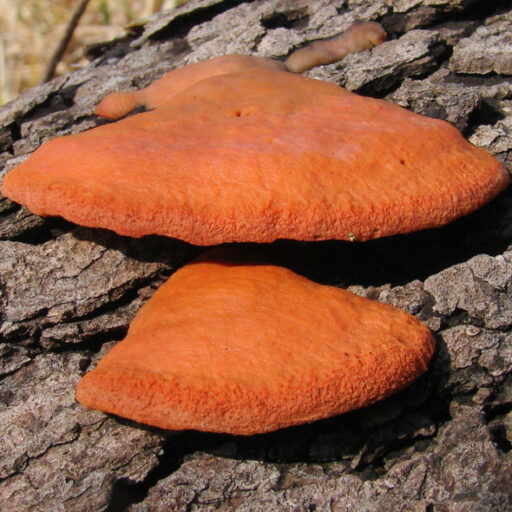Pluteus thomsonii occurs in North America and Europe.



The rostrate cystidia and cap features led me to this species. Pluteus “thompsonii-01” is a likely candidate, as the true species seems rare in Indiana. Here’s the only example I have found at iNaturalist.
Although often having a smooth cap, this mushroom can exhibit a netted or veined (reticulate) cap that can be quite striking; similar to the veined cap of Rhodotus palmatus, the so-called wrinkled peach. The image below, by Brian Hunt, shows an extraordinary example of Pluteus “thomsonii-IN01”.

